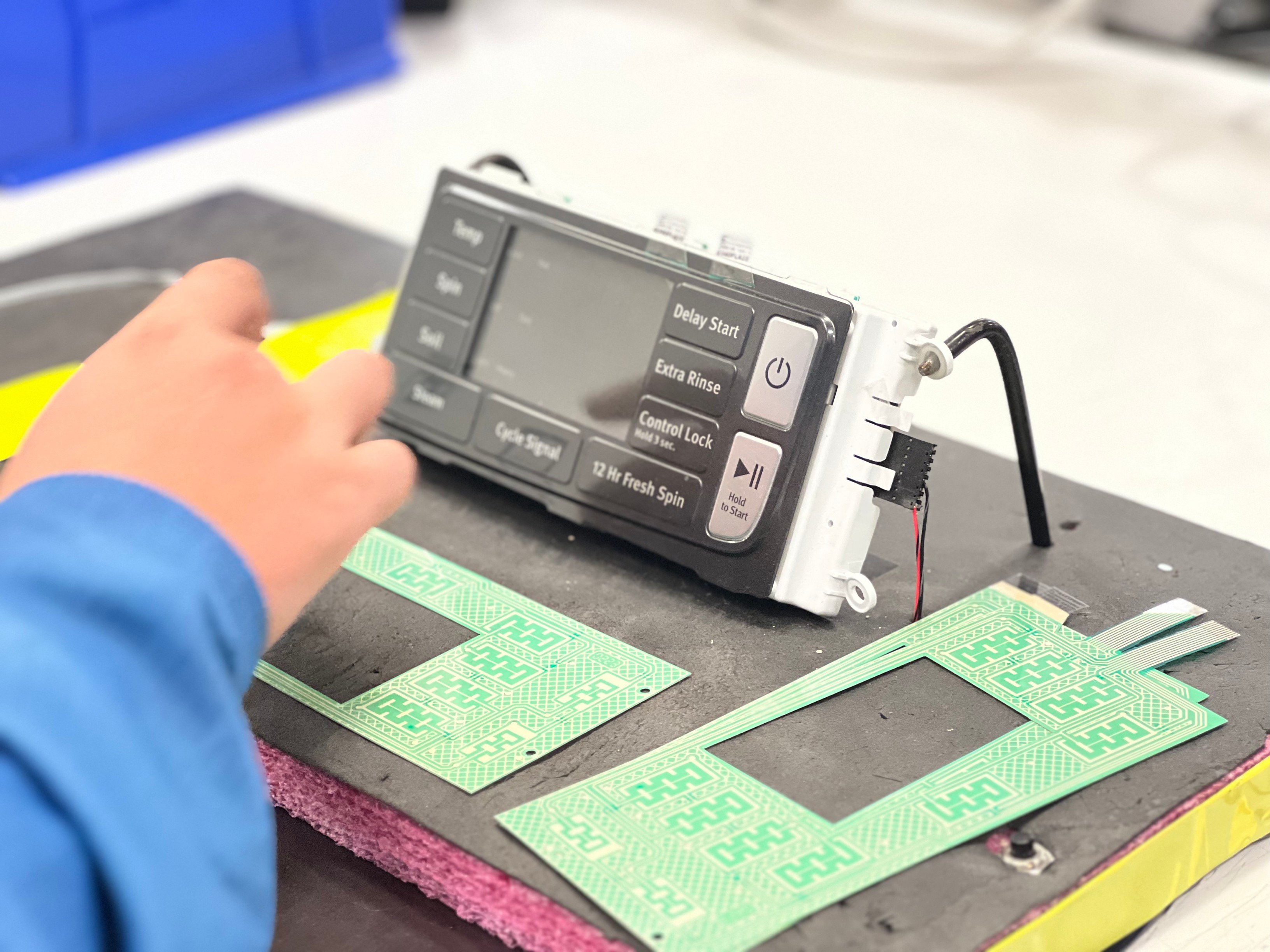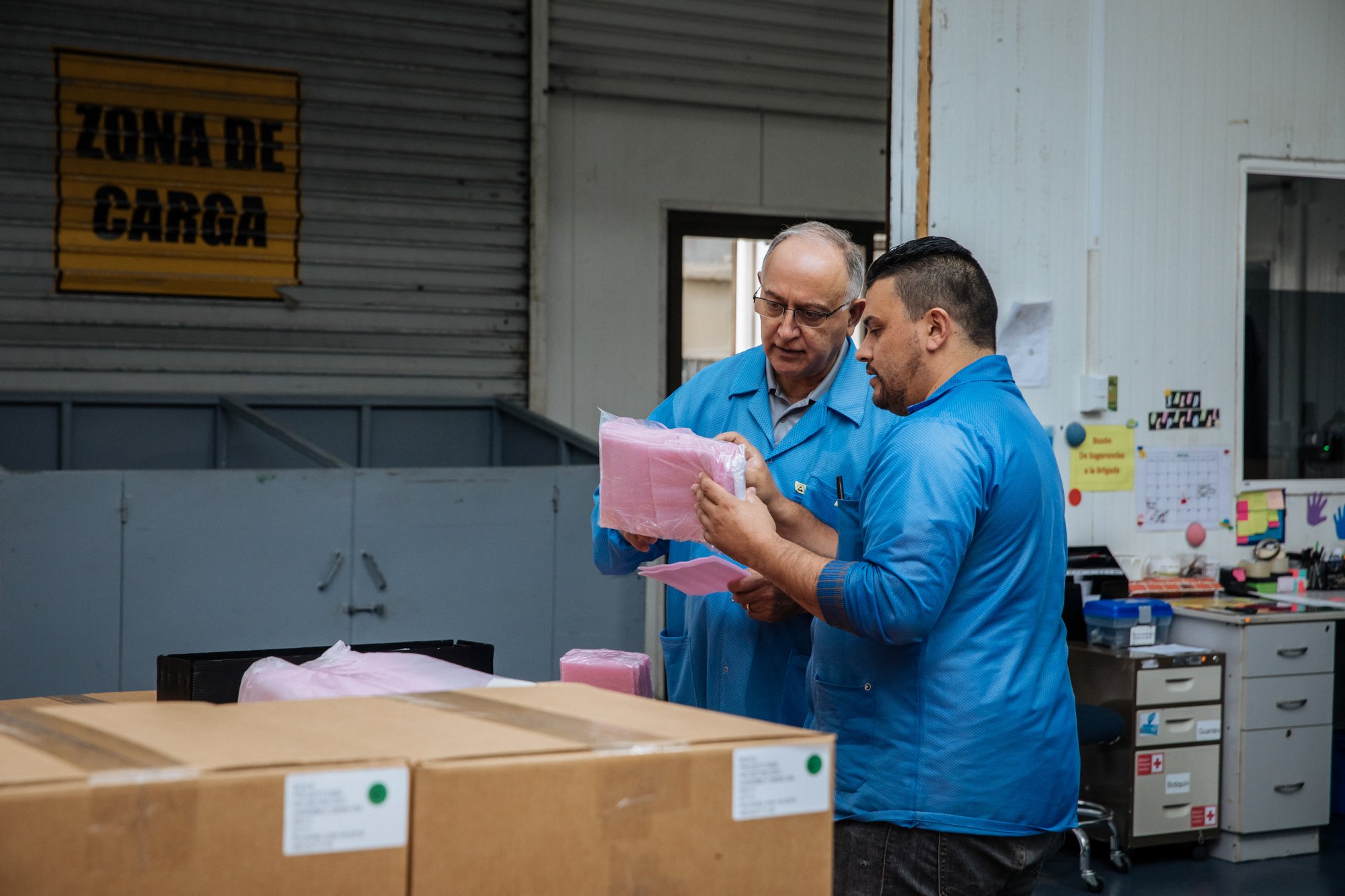The cost of manufacturing printed electronics can vary significantly based on a variety of factors, including the complexity of the design, the materials used, the production volume, and the level of quality control required. As a result, there is no fixed cost associated with manufacturing printed electronics. Instead, the cost is determined on a case-by-case basis. Here are some key factors that influence the cost of manufacturing printed electronics:
Materials
The choice of conductive inks, substrates, and dielectric materials significantly impacts the overall price tag. Specialized or custom materials may be more expensive.
Different types of conductive inks are available, such as silver, copper, and graphene-based inks. The price of these inks can vary widely, with silver inks generally being more expensive due to their superior conductivity. As you’d likely imagine, the higher-quality, highly conductive inks often come at a premium. They provide better electrical performance but can contribute to higher manufacturing costs. In some cases, custom ink formulations are required to meet specific project requirements and may involve additional development costs, and you’ll want to work closely with your manufacturer during this process.

Design Complexity
The complexity of the design, including the number of layers, precision requirements, and intricate patterns, are another key factor in determining your all-in manufacturing cost. Despite the potential for a higher price tag, it's important to note that the complexity of the design should be balanced with the specific requirements of the printed electronics application. In some cases, the added costs of manufacturing complex designs may be justified by the improved functionality or performance of the final product.
To manage costs effectively, manufacturers should focus on process optimization, quality control, and efficient use of materials. Collaborating closely with experienced manufacturers and engaging in design reviews early in the development process can help identify cost-saving opportunities while ensuring the design meets its intended objectives.
Production Volume
A quick note on volume. Large-scale production typically benefits from economies of scale, which can reduce the cost per unit. Smaller batches, prototypes, or one-off designs tend to be more expensive on a per-unit basis.
Quality Control and Testing
Rigorous quality control and testing measures can add up but are incredibly necessary and will ultimately “pay for itself” in a sense. Critical applications, such as those in healthcare or aerospace, often require more extensive quality control, which can increase costs, but can lead to more consistent and reliable products, reducing potential defects and rework.

Supply Chain Considerations
The reliability and reputation of material suppliers play a role in material cost. Established and reputable suppliers may offer more consistent materials but could be costlier. Your manufacturer likely has a thorough, well-vetted group of suppliers they trust to provide high quality, so your best bet is to discuss your needs with them. One last thing to keep in mind – should you need to collaborate with suppliers to develop custom formulations or secure exclusive materials, you may see an increase in your overall quote.
To get an accurate quote for the cost of manufacturing printed electronics, companies typically need to provide detailed project specifications to a manufacturer or service provider. The manufacturer will then assess the project's specific requirements and provide a cost estimate based on these factors. It's important to work closely with your manufacturing partner to ensure the quote aligns with the project's quality and performance requirements. Ultimately, the cost of manufacturing printed electronics can vary widely, and it's important to consider these variables to determine an accurate estimate for a specific project.



.jpg?width=176&height=56&name=MR_associatedNetwork_logo%20(1).jpg)